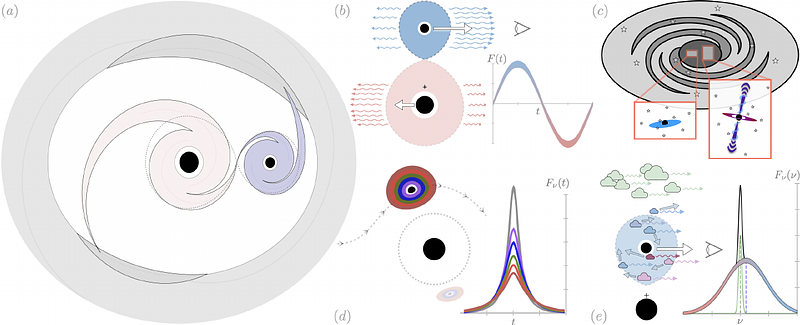Pulsar Timing Arrays

Pulsar Timing Arrays
Luke Zoltan Kelley
AbstractPulsar Timing Arrays (PTAs) have recently found strong evidence for low-frequency gravitational waves (GWs) in the nanohertz frequency regime. As GWs pass, they produce deviations in measured lengths and light-travel times. PTA experiments utilize the highly-consistent radio bursts from millisecond pulsars, distributed throughout the local galaxy, to identify miniscule timing deviations indicative of GWs. To distinguish GWs from noise, PTAs search for a particular correlation pattern between different pulsars called Hellings & Downs correlations. The type of GW signal that has recently been identified is a stochastic GW background (GWB), which is observed to have more power at lower GW frequencies. A GWB matching these observations has long been predicted from super-massive black-hole (SMBH) binaries. SMBHs are known to exist in the centers of galaxies, which can then form binaries when two SMBHs are brought together following the merger of galaxies. No example of an SMBH binary has confidently been identified to date, and tremendous uncertainties about their formation and evolution remain. Alternative sources of the GWB have also been proposed, based on models for new fundamental physics, particularly in the early Universe. Improved sensitivity of PTAs will eventual lead to the characterization of GWB anisotropy and constraints on GWs from individual SMBH binaries, either of which could definitively demonstrate the true origin of the GWB. If the source is SMBH binaries, a variety of electromagnetic counterparts are possible, allowing for multimessenger astrophysics with low-frequency GWs.